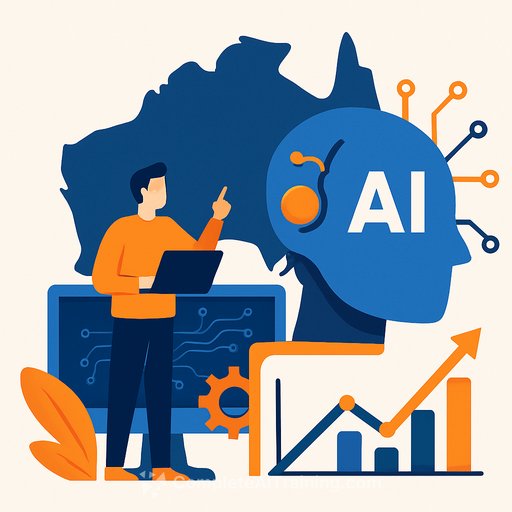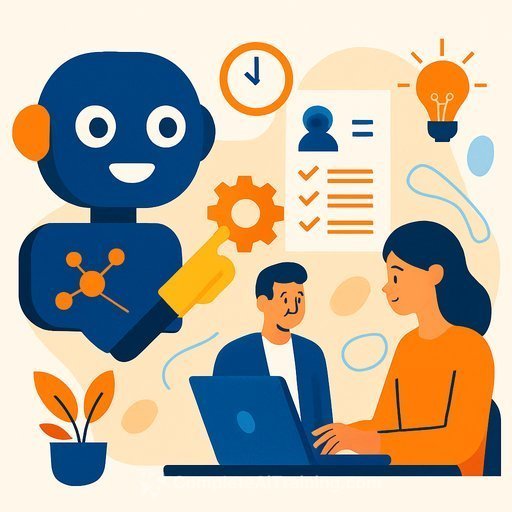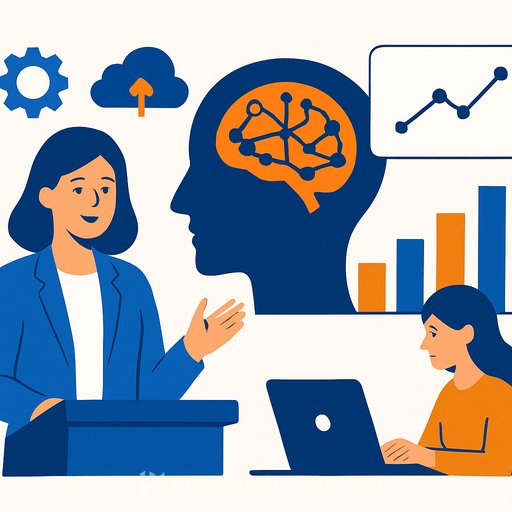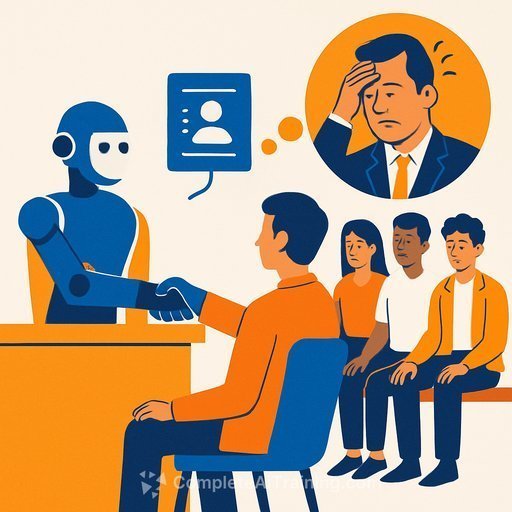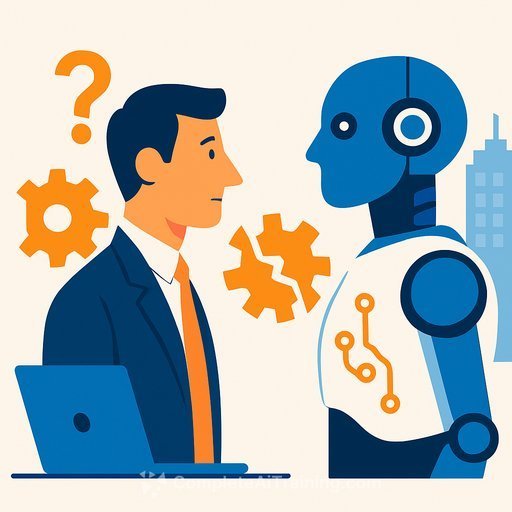Atlassian CEO: Build AI Capabilities Now to Secure Australia’s Future
Australia stands at the brink of a major shift in productivity through AI adoption. Scott Farquhar, CEO of Atlassian, emphasizes that early, small advantages in technology adoption can compound over time into dominant positions. The decisions made today will influence not just the economy but the nation’s future identity.
Speaking at the National Press Club in Canberra, Farquhar highlighted the opportunity for Australia to become a hub for AI capabilities serving the South Pacific. This requires proactive investment in AI infrastructure and skills rather than waiting for solutions to emerge elsewhere.
Lessons from History: Innovation Starts Small
Farquhar draws a parallel with Britain’s industrial progress over 200 years ago. The discovery and use of coal fueled railway construction, which then led to breakthroughs like the steam engine and steel production. Similarly, Australia must invest now in AI to create a cycle of growth and innovation.
“We need to build for the future, not the past,” Farquhar stated. According to the Tech Council of Australia, AI could add up to $115 billion to the economy and create 200,000 jobs by 2030. Supporting this, the Australian Parliament cites a potential 1.8%–4% GDP increase in the US by 2032 through swift AI adoption.
AI as a Pathway to Upskilling and New Jobs
Contrary to the fear that AI will eliminate jobs, Farquhar points out the immediate opportunities AI presents for employment and skill development. He urges collaboration with unions to develop “tech trades” and digital apprenticeships that can be completed in six to twelve months, preparing workers for in-demand roles like data centre construction and battery installation.
These positions require focused, practical training rather than lengthy traditional apprenticeships, opening the door for more Australians to enter the workforce quickly and efficiently.
Integrating AI into Business: A Practical Guide
For HR professionals navigating AI implementation, Farquhar offers three clear steps:
- Use AI yourself: Gain firsthand experience to understand its capabilities and limitations.
- Redesign internal processes: Apply AI to improve customer service, sales, and administrative tasks.
- Reimagine your core offerings: Explore how AI can enhance products or services to provide more value.
He reminds businesses that technology shifts present a choice: disrupt or be disrupted. Adapting proactively is key to staying competitive.
Energy Meets Knowledge Work
Farquhar points out a unique moment in history: energy is now powering knowledge work. Australia has the chance to export digital services—“megabytes”—powered by its energy resources, earning substantial economic returns. This shift is a multi-billion-dollar opportunity that can redefine national prosperity.
He compares the AI moment to past infrastructure bets like Sydney’s Harbor Bridge and train electrification led by JJ Bradfield. Governments took risks then, leading to lasting benefits. Today, AI adoption faces similar doubts but offers comparable potential rewards.
Legislative Support and Skills Development
Farquhar calls on federal and local governments to update laws, such as copyright regulations, to prevent innovation bottlenecks. He stresses the need to focus on building skills to meet demand rather than accepting shortages.
The AI era’s “scoreboard is blank,” he says. Australia still has the chance to lead by acting decisively and embracing AI now.
For HR professionals interested in practical AI skill-building resources, Complete AI Training offers courses designed to quickly upskill teams in relevant AI tools and applications.
Your membership also unlocks:

